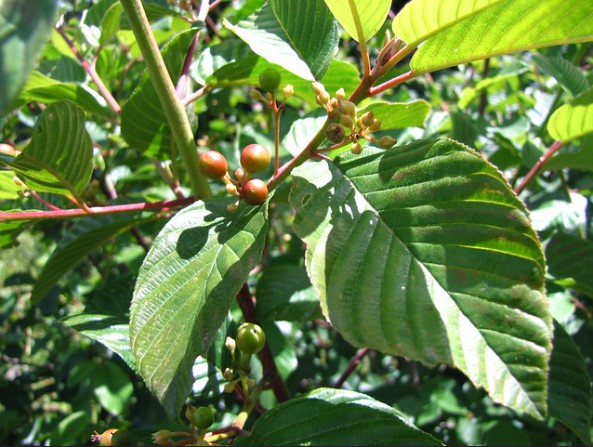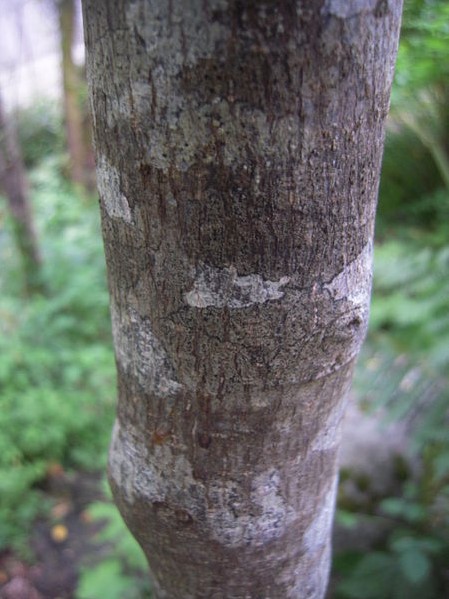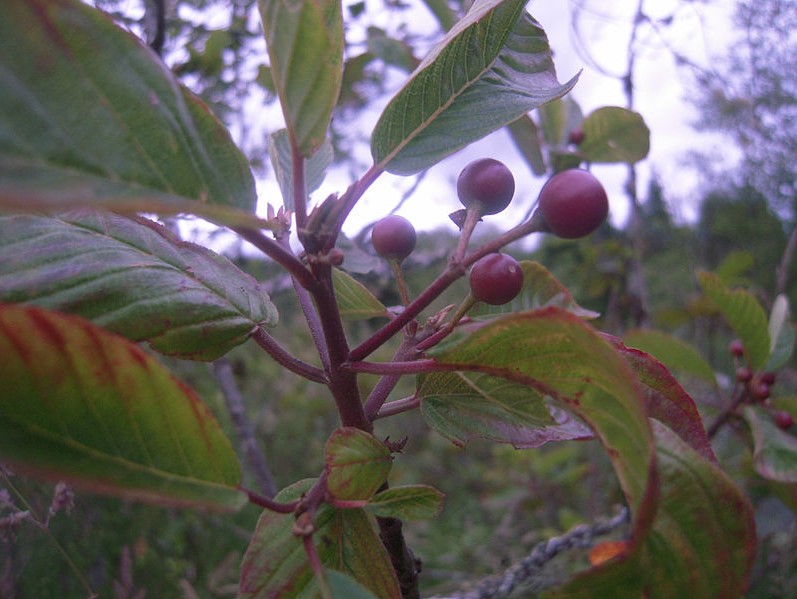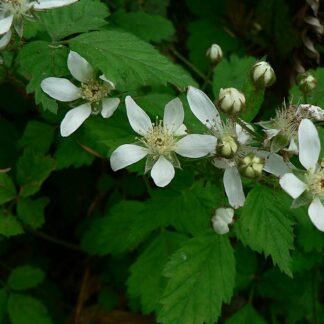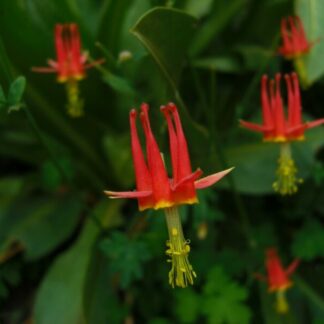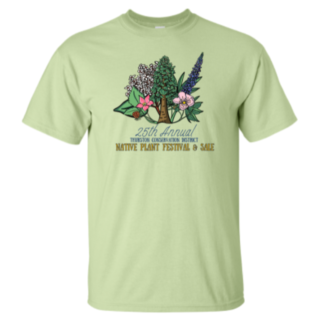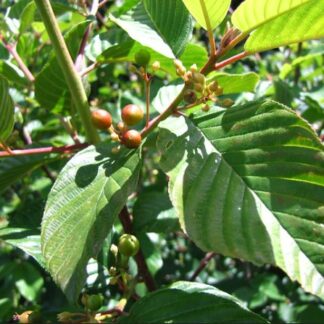Description
Sold in bundles of 10.
At a Glance: Erect, tall shrub or small tree with alternate leaves and inconspicuous flower clusters.
Height: Up to 33 feet (10 meters).
Stems: Thin, smooth, very bitter, silvery gray bark.
Leaves: Alternate (may seem opposite on young growth), egg-shaped to oblong, deciduous, dark glossy green, 6-12 cm (2.5-5 in) long, finely toothed, strongly pinnately veined in furrows, the surface washboardy.
Flowers: Small, with 5 sepals, 5 petals, and 5 stamens; 8-50 in stalked, umbrella-shaped clusters in the axils of leaves; primary color: greenish yellow; size: 3-4 mm long.
Flowering Period: April, May.
Fruits: Blue black to purplish-black berries, 5-8 mm across; edible.
Conservation Uses: Cascara is considered an outstanding species for riparian restoration. It also provides wildlife habitat. Its berries are a favorite food of several species of birds and its stems provide browse for deer and elk.
Ethnobotany:The Nuu-chah-nulth made chisel handles of the wood. The Skagit boiled the bark to make a green dye for mountain goat wool. The bark was boiled and the tea was drunk as a strong laxative by the Nuxalk, Coast Salish, Quileute, Nuu-Chah-nulth, and the Kwakwakawakw. The bark was often allowed to age before use because the fresh bark is nauseating. The Coast Salish collected and dried the bark in strips in spring or summer. The next summer it was pounded and steeped in cold water, then boiled. Usually a handful of bark per quart of water was used. This plant was also used as a medicine for washing sores and swellings, and treating heart strain, internal strains and biliousness.
During WWII the bark was harvested in great quantities. Historical demand for Cascara bark for use in the pharmaceutical industry (as a laxative) has resulted in a considerable reduction in the native Cascara population. It was once commonly found growing as a riparian species.
| Sun/Shade Tolerance | Hydrology | Elevation Range |
|
full sun > 80%
mostly sunny 60%-80%
partial sun and shade 40%- 60%
mostly shady 60%-80%
full shade > 80%
|
FAC-
wet
moist
ry
|
low elevation
mid elevation
sub-alpine
high elevation
|
| Soil Preferences | ||
| Favors similar soils as red alder and vine maple. | ||
|
sandy soils
gravelly soils
clay soils
muddy soils
peaty soils
|
well drained soils
shallow soils
deep soils
acidic soils
basic soils
|
humic soils
nutrient rich soils
nutrient poor soils
mineral soils
organic soils
|
| Wildlife Value | |
|
Berries
Seeds
Nectar for hummingbirds
Nectar for butterflies
Host for insect larvae
Thickets and shelter
Thorny or protective cover
|
Birds: Berries are eaten by grosbeaks, woodpeckers, grouse, band-tailed pigeons, mourning doves, jays, robins, and tanagers. It also attracts many insectivorous birds, including bushtits, kinglets, chickadees, flycatchers, and nuthatches. Insects: Leaves and other plant parts are eaten by swallowtail, gray hairstreak, and other butterfly larvae. Mammals: Black bears, foxes, coyotes, and raccoons eat the fruit. |
References:
Pojar, Jim, and Andy MacKinnon. Plants of the Pacific Northwest Coast: Washington, Oregon, British Columbia & Alaska. Revised ed. Redmond, Wash.: B.C. Ministry of Forests and Lone Pine Pub., 2004. Print.
“Sound Native Plants.” Sound Native Plants. Web. 31 Oct. 2014. <www.soundnativeplants.com>.

